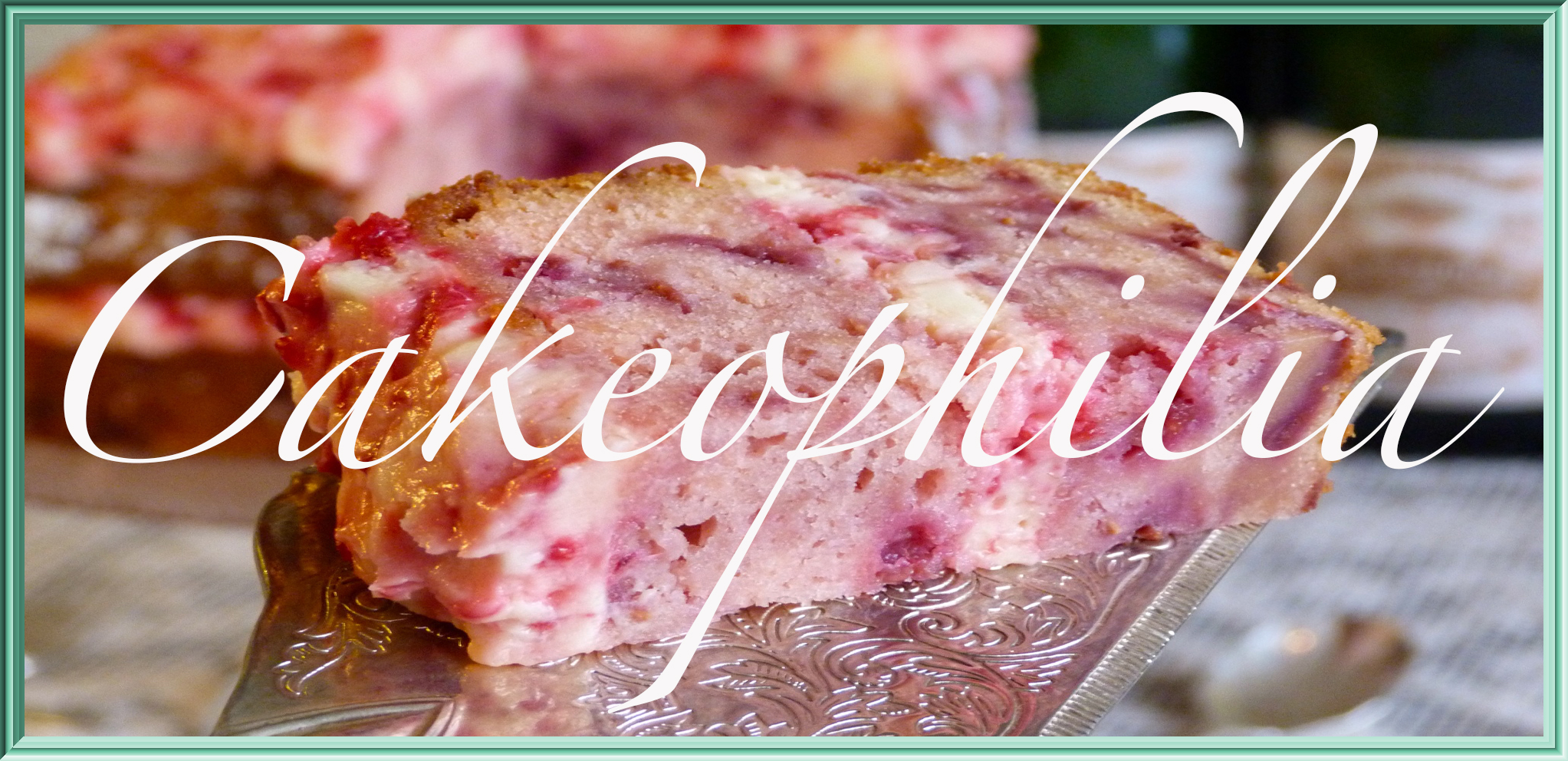I’ve been quiet for a little while, chiefly because I went through a (two week) phase where I didn’t feel like making or eating (shock horror!) cake.
Back in the saddle again…
I don’t know if Queen Victoria had anything to do with it, but it is certainly a regal kind of cake. Moist, rich, golden, and luscious.
Eggs.
Sugar.
Now, admittedly, a pound (or about 500g) of each makes a hell of a large piece of sweet comestible, but you get the picture. The secret is equal quantities of each.
I knew about the Victoria Sponge as a consequence of the immortal line of Helen Mirren in Calendar Girls, which said something like: if it’s a really important occasion, you should get yours from Marks and Spencer. Fair advice to the uninitiated.
I was actually initiated, however via the book Cake Chic by Peggy Porschen, she who made Stella McCartney’s wedding cake and assays some of the best sugar flower and piping action in the business. Victoria Sponge is a classic, stable (unless you open the oven door) cake which can replace the ubiquitous chocolate or traditional fruitcake insides of a sugarpasted cake. And its really very delicious in its buttery sweet simplicity.
The method is simple. Weigh ALL the ingredients so that they are completely equal. This means everything depends on the weight of your (broken) eggs. Cream the butter and sugar, beat in eggs, stir in self raising flour until combined. You can put in flavouring like vanilla or lemon zest if you like, or remove some of the flour and replace it by weight with cocoa. Put in oven 180 degrees C, DO NOT open door. Like any other spongecake, this sucker will fall faster than Newton’s proverbial apple if you interrupt its even temperature while baking. But curiously, though its called a sponge, it is actually quite a dense, medium crumbed cake. Perfect for sugarpaste, but not what most people think of as sponge per se.
However, there are subtleties. For a cake which is going to be richly iced, and layered with sweet things like jam, actually, margarine is better than butter. Less cloying. Some ladies swear that the ideal is half and half butter and marg. I am unconvinced on this in general. I go with butter unless I am making petits fours, which are buttercreamed, jammed, and dipped in fondant icing. The marg cake somehow carries all this sweetness better than the butter one.
I have made simply HEAPS of this recipe over the past year or so. It layers up with jam and marscapone for a new take on the traditional jam and cream sponge.

It makes brilliant marble cake.
It takes on ground pistachios and makes them its own.
And recently, it made a new friend: the Blood Orange.
Boozy Blood Orange Syrup Layer Cake
Blood orange cake
ingredients
about 100g unsalted butter, softened (weight corresponds to total weight of eggs)
zest of one blood orange
juice of two blood oranges (measure the juice)
about 1/2 cup sugar (use the same amount of sugar as you have juice)
1 tbsp Grand Marnier (or other orange liqueur, or vodka)
mixing
Beat butter and sugar together until very light and creamy. Add orange zest and 1/2 tsp of vanilla bean powder (or 1 tsp vanilla essence). Beat in the eggs, one at a time.
Sift in flour, and beat for at least 2 minutes. Life is easier with a standing mixer rather than a hand held beater.
Line a baking tin with bake paper. Spoon the mixture into the tin (it is quite thick) and smooth the surface. Bang the tin a few times against the bench to help settle the mixture and remove any air bubbles.
Bake approximately 50 minutes at 160 degrees Celsuis for a 10cm cake. (A 20 cm cake takes around 1 hr 10 min). DO NOT OPEN THE OVEN for the first 40 minutes at least. The cake is done when quite golden and risen (the top may crack), and a skewer inserted into the center of the cake comes out clean.
While the cake is baking, make the blood orange syrup.
Squeeze two blood oranges and weigh the juice. Add the same weight of sugar. Add a drop or two of orange oil (or a tsp of zest if you can’t get orange oil). Heat the mixture, stirring to dissolve the sugar. Bring to boil once sugar is dissolved. Boil 1 minute then remove from the heat. When syrup has cooled slightly, add the liqueur or vodka.
Blood Orange Cream Cheese Buttercream
triple the quantity for a 20cm cake
ingredients
75g cream cheese, softened
75g unsalted butter, softened
300g icing sugar, sifted
remainder of the blood orange syrup
mixing
Beat the cream cheese and butter until smooth and creamy. Add the icing sugar and beat until light and very fluffy. Add syrup, beat until well combined.
If you had three layers of cake, divide mixture into thirds and spread over each layer, or divide the mixture into quarters for four layers.
Sandwich the layers together, and spread the remainder on the top of the cake. Decorate with more grated blood orange rind. Refrigerate the cake until the buttercream has set, or it will ooze when you try to cut it.








